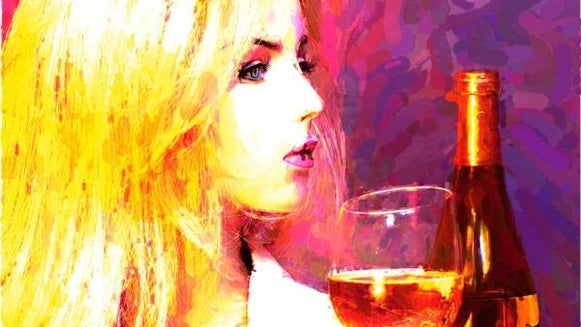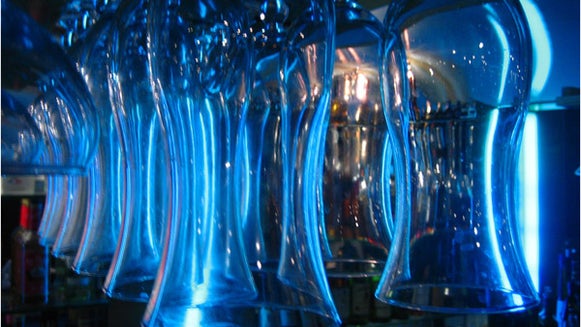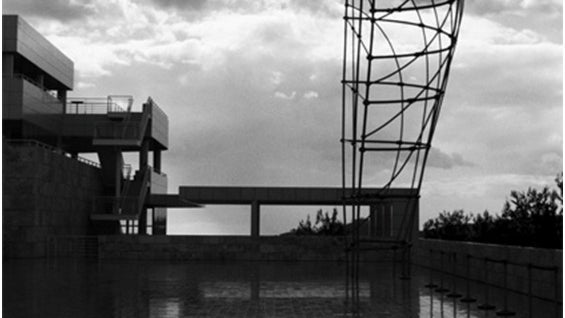A Photographic Chinese Box
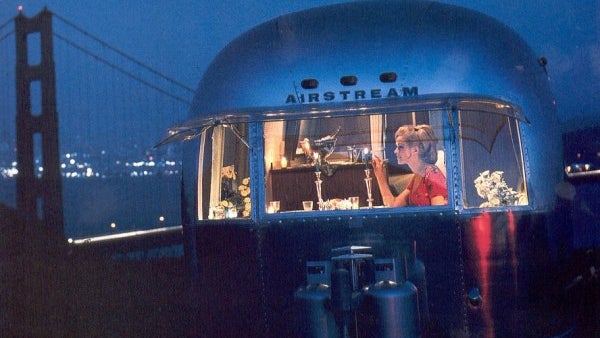
Back in the late '70s, when China was beginning to thaw and open up to the West, there was a glut of 120 B&W film in mainland China, and consumer photography was picking up steam (as it had probably been curtailed, if not outlawed, during the Cultural Revolution; there is a really interesting photo book which documents that time by Zhensheng Li, called Red-Color News Soldier - check it out).
So the Holga was created to take advantage of the huge 6 cm x 6 cm film stock that was in large supply. And while the design might have been okay, the actual manufacturing of Holgas was awful. In fact the plastic camera (with its simple meniscus lens) was considered a toy camera, but it sure did create some stunning visual imagery because of the unexpected nature of what was recorded. Those confounding images - filled with vignetting, blurring, light leaks and other distortions - hit a nerve with artists and other visual expressionists, and the funky image quality birthed a cult following among die-hard fans.
Sometimes the medium is the message, and there's some really arresting about the big negative of 120 film. Even though I don't yet own a Holga, I do find the camera (with its congenital flaws) endearing, especially the new models that you can modify quite a bit. Every once in a while, I look at images and ponder what would it be like if a couple images that I shot were shot with a Holga? And how could they be amplified if they were afflicted with the unpolished and uncontrollable nature of the Holga's imprecise engineering. So that was my starting point...
In a nod to the original 120 B&W film that spawned the Holga, I selected a B&W image as well as a color image to run through the Holga Process.
The color photo, below, is that of an old school Airstream trailer...
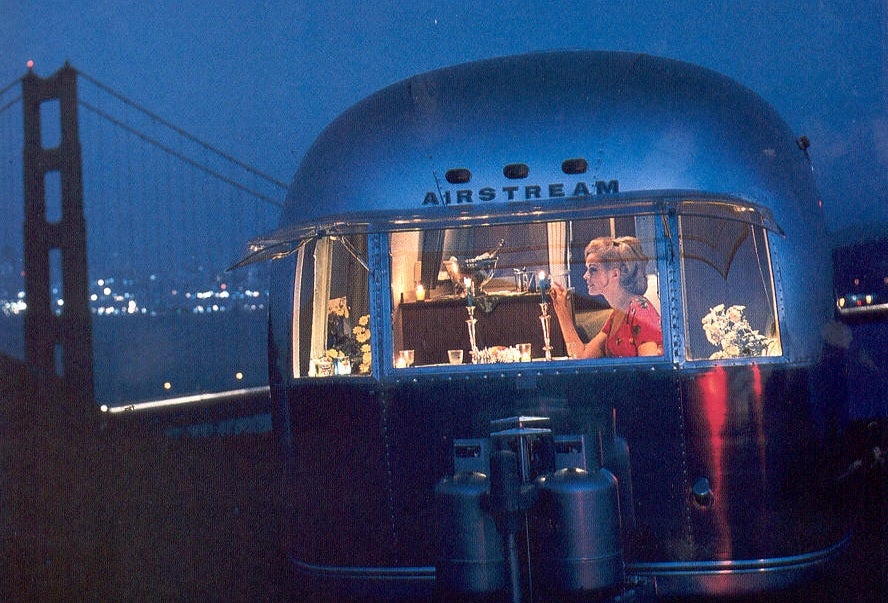
I've had this photo for years, and I can't remember if I took it myself, it was given to me by a friend or if I bought it from a stock photo repository. Whatever the origin of the image, it has a deluded throwback quality to it (production design means so much, doesn't it?); which is what caught my eye in the first place. The deep midnight blue background encompassing the Golden Gate Bridge harkens back to an earlier time, too (even though the landmark still exists unchanged). The tungsten-balanced film stock creates a feeling of warmth, and acceptable isolation for the woman as she prepares for a unique (perhaps lonely) dinner.
The first Holga Art variant (Holga Art 1 in the BeFunky toolbox) acts to distort the final three-color printing, in that the color separations are markedly off-set. This kind of "mistake" is something you'd never see in the digital photography world. With a few adjustments of the sliders, I was able to produce this image.
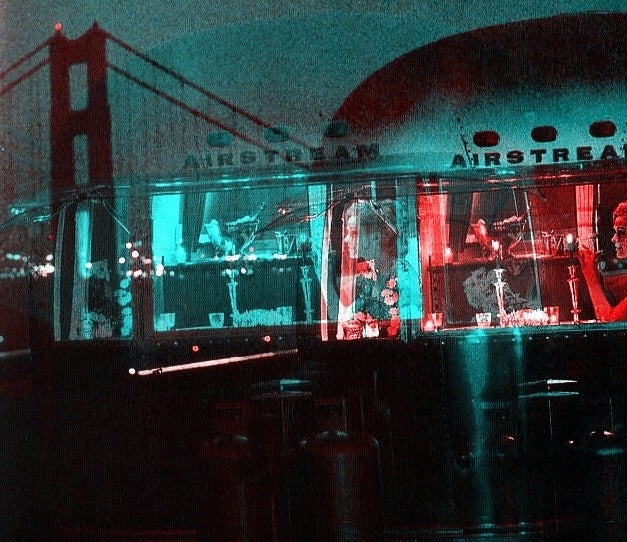
The simulated off-set creates a ghosting effect for the key element of the image - the woman setting the dinner table. This feels like a dreamy memory, or even a deja vu type of memory. And those are the kind of "mistakes" you'd get from the original Holga camera build. And this is the type of ethereal quality that you'd hope to mine from the distortions of any of the imperfect cameras (like a Lumiere Brothers movie camera).
The stark two-color scheme that results from the Holga Effects Filter also adds to the dreamscape imagery that this image evokes. I'm now very curious to print this image at maybe 12x18 or 16x24 (gotta love that Epson printer) to see how it holds up at a big image size. I'm going to guess that it expands the essence of the image. I'll let you know about the results.
This next image is my B&W one…
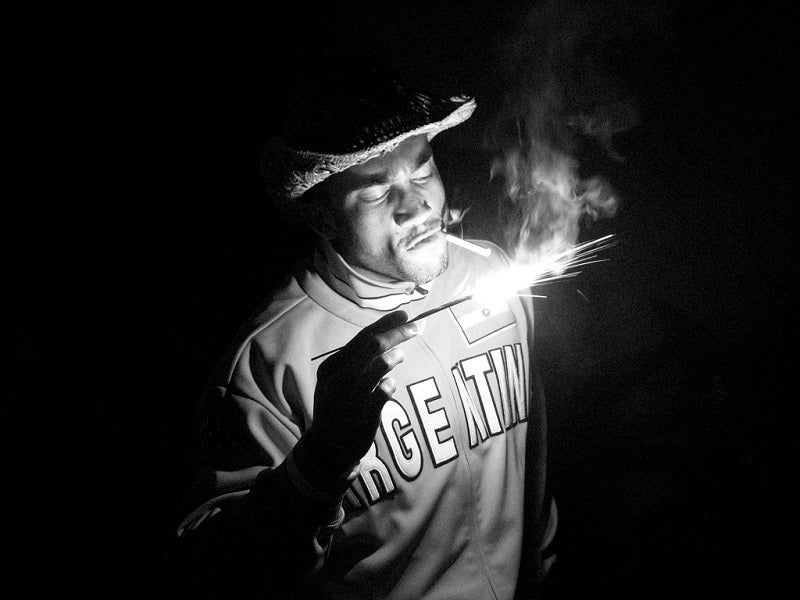
I shot this back when I was testing the latitude limits of Ilford HP5 monochromatic film. If memory serves me, this was from a July 4th Party and it was part of a series of night photographs that I was experimenting with. And so while this is a powerful candid portrait, what would it look like with registration problems?
Well, now I know! The B&W image takes on a distressed look and feel, something you'd expect from a camera that has minor mechanical engineering problems... But as we all know, a minor problem in a machine that needs to be precise can and will present a problem... or in this case, unexpected results.
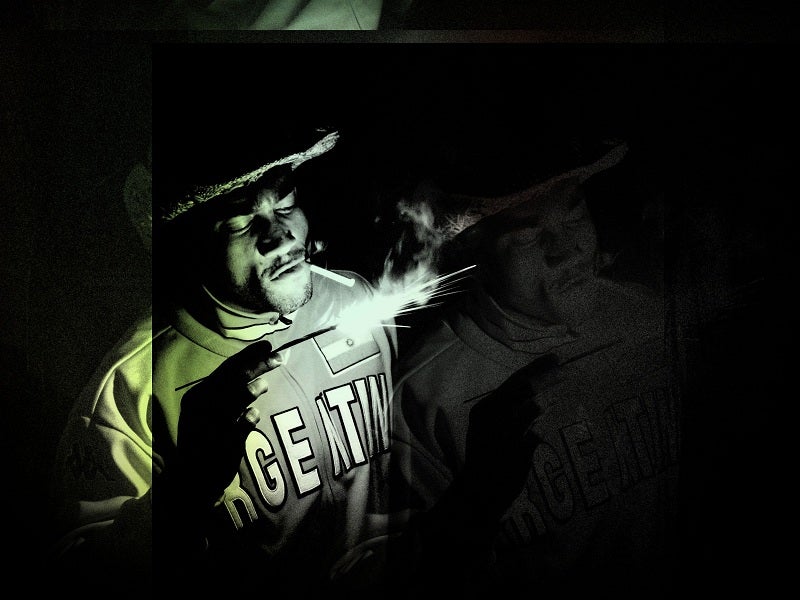
The image oddly picks up a green hue in the off-set, and that was delightfully unexpected. One of the great joys from unorthodox treatments and uses of analog photographic devices is that you can't quite predict the end results.
As I look back over these resultant throwback images, I'm getting nostalgic for all of the analog cameras that have been confined to the historical archive. I need to pick up a Widelux; that panoramic camera with the swiveling lens (Stanley Kubrick used to use this camera on his personal stuff; that's how I got hip to it) and run around with that for a while… and see what comes out of those sessions. More next time.










